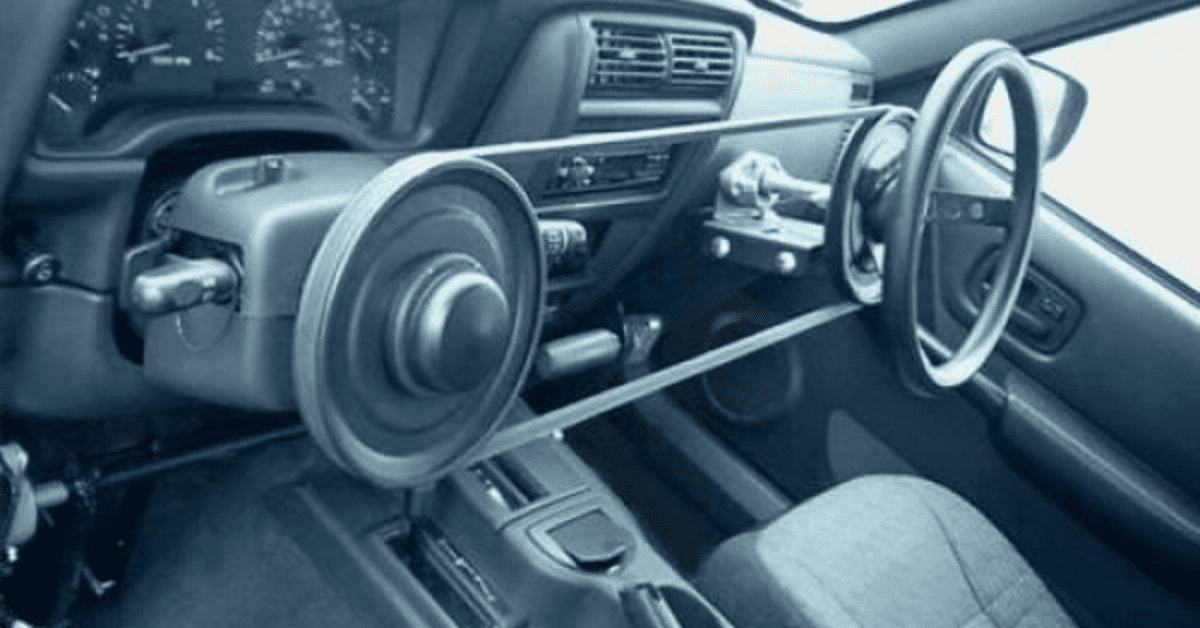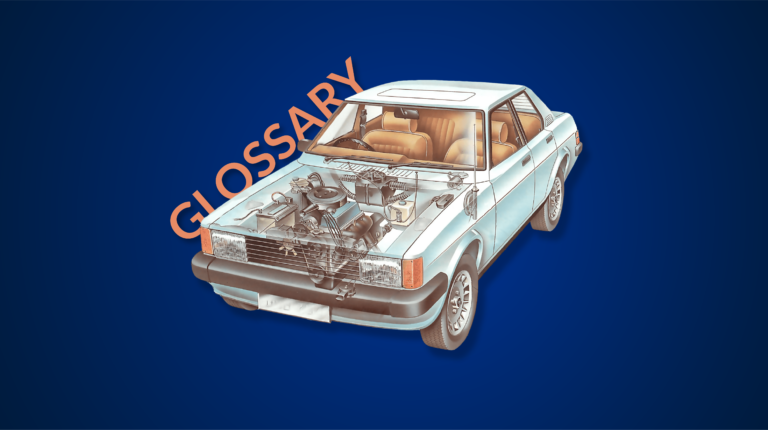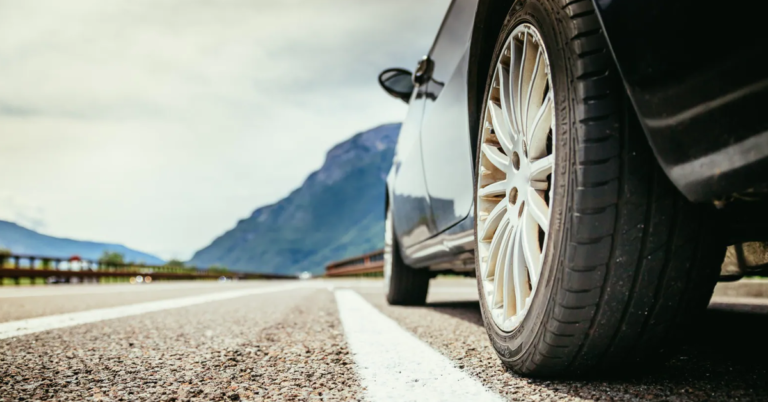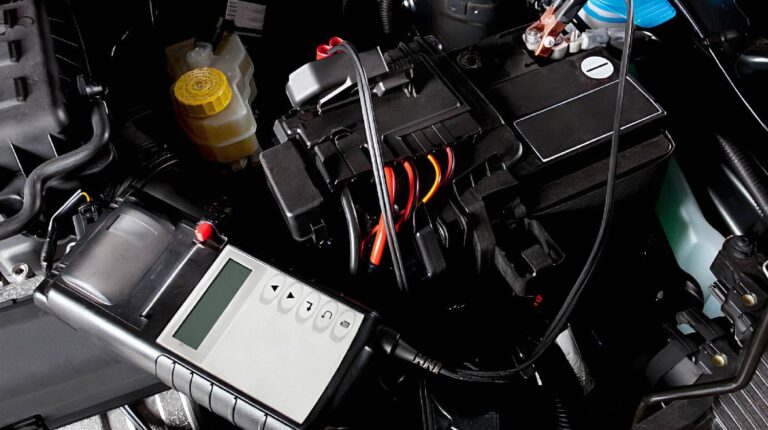
When travelling to a foreign country, we encounter many new and strange things, like tasting unique food, meeting new people, different cultures and traditions, and of course new and exciting cars. But you may notice that in some countries, cars are left-hand drive vs right-hand drive in our home country.

In fact, depending on whether a car is a left-hand drive or right-hand drive decides which side of the road to drive on. Suppose you are from a country that drives on the left side of the road, like India, and you go to the USA as a tourist and rent a car, driving will be a little confusing because you will have to drive on the right side of the road.
If you have wondered why each country has their own set of rules on which side to drive on, then read on to find out the reasons.
What is Best – Left-hand Drive Vs Right-hand Drive?
These two terms can be easily mixed up so let’s define them first. Left-hand drive means a car which has its steering wheel on the left side, so the car is driven on the right side of the road.
On the other hand, a right-hand drive is a car that has its steering wheel on the right side, therefore the car is driven on the left side of the road.
The reasons hark back to ancient times when mediaeval knights used to ride horses. Most of them used to be right-handed and would prefer to draw their sword using their right hand which was the stronger side.
The Knights preferred to travel on the left side of the road, which kept their right hand free for approaching opponents. Mounting their horse was also easier from the left-hand side of the curb away from the middle of the road.
This tradition eventually made its way to horse carriages where the carriage driver would sit on the right side of the carriage and travel on the left side of the road. They could easily gauge the distance when an approaching carriage passed by on a narrow stretch of road.
Horse carriage convention eventually transferred to motorcars when they started being driven on the same roads used by horse carriages.
Which is Better? Left Hand Drive or Right-hand Drive?
Although today we don’t use horses to get around and carrying a sword is not very common, left-hand drive spread to most parts of the world.
It made sense because most people were right-handed and driving on the left side of the road was more convenient.
So, you must be wondering how did right hand driving start?
Napoleon Bonaparte was left-handed and he instructed his men to travel on the right side of the road, so that he could use his left hand freely in case of an attack. With the ongoing French revolution, this style of driving was adopted by France and reached other countries like the United Kingdom and Japan.
Some Interesting Facts – Left Hand Drive Vs Right Hand Drive
The biggest difference between a left-hand drive car and a right-hand drive car is the changing of gears when it is a manual transmission.
- USA has a left-hand driving system, but in the past, they had a right-hand driving system
- In the early 20th century, Ford was one of the first US manufacturing companies to switch from a right-hand driving system to a left-hand driving system. The reason being it was much safer to have a left-hand driving system because it was easier to spot oncoming vehicles.
- Currently, only four European countries use the left-hand driving system. The countries are Malta, Ireland, Cyprus and the United Kingdom
- Austria used both types of driving systems until the invasion by Hitler in 1938. Hitler mandated the use of the right-hand driving system.
- Napoleon Bonaparte introduced the right-hand driving system in countries like Poland, Belgium, Switzerland and Germany.
Buying Imported Cars From Countries That Have a Different Driving System.
If a customer in the USA is importing a car from the Japanese domestic market, he will have on his hands a right-hand drive car that is meant to be driven on the left-hand side of the road.
Cars in the USA are left hand drive cars that are driven on the right side of the road.
Some states may have a rule that the car should be converted to a left-hand drive system before it can be used on the road.
People may be worried about what a left-hand drive conversion entails, will it be worth it and most of all, is it a safe conversion?
A steering wheel conversion from the right-hand side to the left side will require mechanical and electronic work. So, if you import a car from Japan or India to the United States, you need to employ the services of a professional for the conversion.
Even if the conversion is a success, it has to be approved by the road transport department to be considered a legal conversion, and the car will most likely have to be driven with a different number plate and have special papers to indicate the conversion.
Here are some of the procedures that a right-hand drive or left-hand drive conversion will consist of (the same applies for a left-hand drive to right-hand drive conversion):
- Rack and pinion change over
- Gear lever and transmission connections have to be changed
- Dashboard and instrument cluster have to be replaced and reworked.
- Steering wheel will be repositioned.
- Air conditioner / heater ducts will have to be repositioned under the dashboard.
The conversion might end up being very costly and will not be worth it in the end, especially if you plan to resell the car in the future.
Countries That Drive on the Left (Right Hand Drive Cars)
The majority of countries drive on the right side of the road in left hand drive cars. This is the case with most major automobile producing countries like the United States and Germany, with the exception being Japan and the United Kingdom.
Most of the countries with right hand drive cars that drive on the left side of the road are commonwealth countries with the exception being Canada.
All European countries have left hand drive cars and drive on the right side of the road.
When countries have to import vehicles, they have to wait until manufacturers build cars specifically for their country if they have opposite driving systems. For example, New Zealand is limited to cars that they can import from Japan, Australia and the United Kingdom, or they will have to wait until other markets convert the cars they export to right hand drive systems.
This can often take months and such countries will not receive cars as soon as they hit production. This is one of the major reasons that New Zealand has a limited number of electric vehicles available for sale.
In almost all cases, in countries where one drives on the right-hand side of the road, the driver is positioned on the left-hand side of the car, and the vehicles are built to accommodate this system.
In countries where cars drive on the left-hand side of the road, the steering system is placed on the right-hand side. But this was not the norm in the past.
Ford, in the United States of America, switched over to the left-hand driving system for its cars in the year 1908. They did this because there were benefits for the driver with the left-hand drive system.
Today, drivers sit on the side of the vehicle that is closest to the centre line of the road. But there are few exceptions such as road sweeping vehicles where the driver is closer to the curb than the centre line of the road.
Pedals and Gears
The accelerator, brake and clutch are always placed in the same positions relative to each other in a right-hand drive or left-hand drive car. The reason is most of the drivers are right-handed, which means their right leg is also stronger and has more precise control which favours the use of controlling the accelerator pedal.
Although today automatic transmissions are common in cars, back in the day, it was only manual transmission where the driver had to reach down to the gear lever to shift gears. Again, with most people being right-handed, it made sense to place the gear lever to the left of the driver so that the stronger right arm could steer the vehicle effectively. Hence, right hand drive cars were preferred.
The gear pattern in manual transmission cars remains the same in both a left-hand drive and right-hand drive car. This is done for commercial reasons as it would mean the same type of systems for local cars and cars that have to be exported.
When it comes to turn indicators, wiper controls and headlight switches, there is no standardisation in place. Most commonly, turn indicators are placed on the left-hand side of the steering column. So, this applied to right-hand drive cars in the United Kingdom as well as left-hand drive cars in the United States.
Cars manufactured in Japan and Australia had their turn indicators mounted on the right side of the steering column. This meant at one-point, certain Japanese cars made in the United Kingdom had their indicator controls on the opposite side of cars made in Japan for the British market. Off late, Japanese models have conformed to European standards to have the indicator controls placed on the left side of the steering column.
Left hand-drive cars that drive on the right side of the road have their headlights designed so that they focus slightly to the right when they are on low beam. This system is exactly the opposite with cars that drive on the left-hand side of the road.
This is done so that the oncoming vehicles are not dazzled by headlights. Windscreen wipers are also designed to provide more coverage on the driver side than the passenger side to have better vision of the road ahead.
Conclusion
Among the many things that divide the world, the automobile industry adds one point to the list. We have both left-hand drive cars and right-hand drive cars depending on which country you are driving in.
Historically, it is seen that countries that were part of the French colonial empire adopted the left-hand drive system for cars where the vehicle is driven on the right-hand side of the road.
This is opposed to countries that came under the British colonial empire where cars are of the right-hand drive system and drive on the left-hand side of the road.
Although some countries have now converted from left hand side to right hand side or vice versa, countries remain divided by these two types of driving systems.
It is difficult to say which is better for sure, but the fact is that majority of the population is right-handed, and it would make sense to have your stronger arm on the wheel while the other arm is busy changing gears or fiddling with the stereo.
Overall, there is no way to decide which is better than the other. It may only be that a right-hand drive car will favour a right-handed individual when he is changing the gears in a manual transmission vehicle.
Seemingly, the difficulty level is the same. The only problem is when a person used to driving a left-hand drive car has to move to a right-hand drive car. It is a case of rewiring the brain which may take some time and practice.
Other than this, there seems to be no major difference between left hand drive systems and right-hand drive systems.







